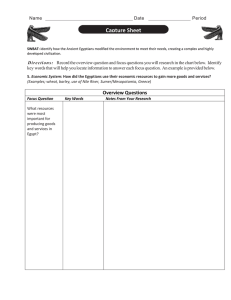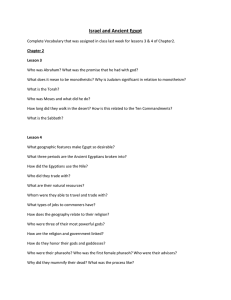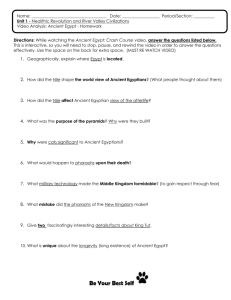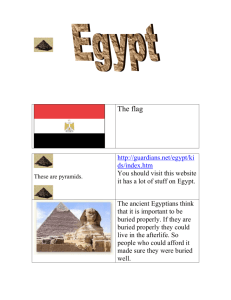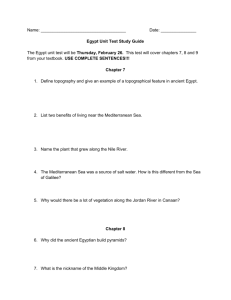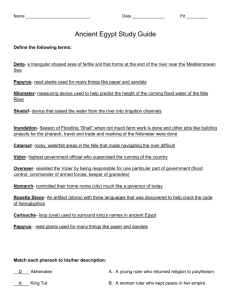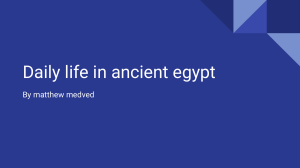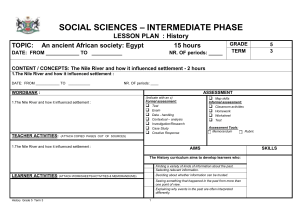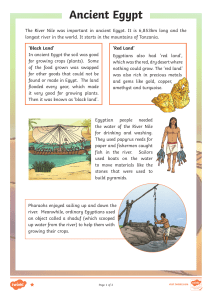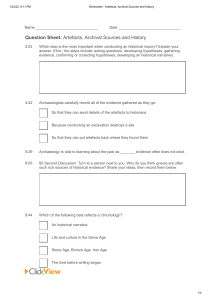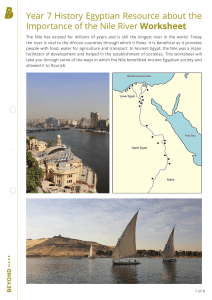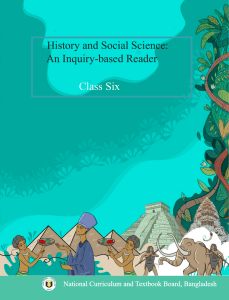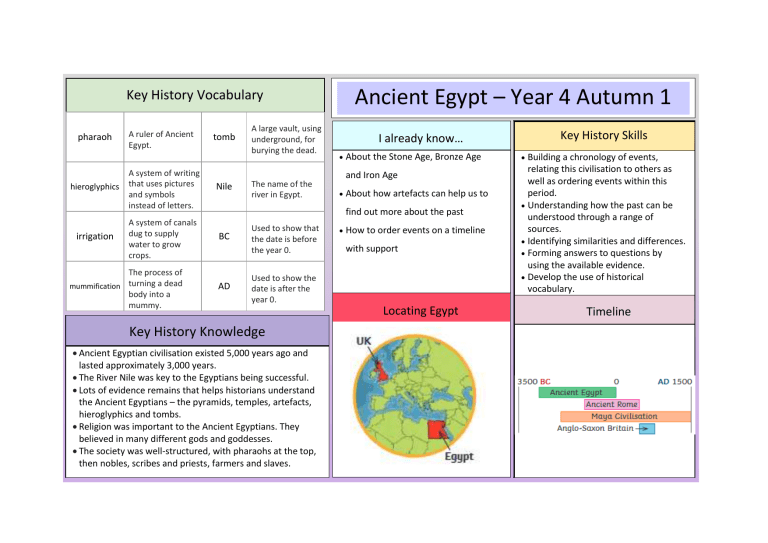
Ancient Egypt – Year 4 Autumn 1 Key History Vocabulary pharaoh A ruler of Ancient Egypt. tomb hieroglyphics A system of writing that uses pictures and symbols instead of letters. Nile irrigation A system of canals dug to supply water to grow crops. BC The process of mummification turning a dead body into a mummy. A large vault, using underground, for burying the dead. The name of the river in Egypt. About the Stone Age, Bronze Age and Iron Age About how artefacts can help us to find out more about the past AD Used to show that the date is before the year 0. How to order events on a timeline with support Used to show the date is after the year 0. Key History Knowledge Ancient Egyptian civilisation existed 5,000 years ago and lasted approximately 3,000 years. The River Nile was key to the Egyptians being successful. Lots of evidence remains that helps historians understand the Ancient Egyptians – the pyramids, temples, artefacts, hieroglyphics and tombs. Religion was important to the Ancient Egyptians. They believed in many different gods and goddesses. The society was well-structured, with pharaohs at the top, then nobles, scribes and priests, farmers and slaves. Key History Skills I already know… Locating Egypt Building a chronology of events, relating this civilisation to others as well as ordering events within this period. Understanding how the past can be understood through a range of sources. Identifying similarities and differences. Forming answers to questions by using the available evidence. Develop the use of historical vocabulary. Timeline
